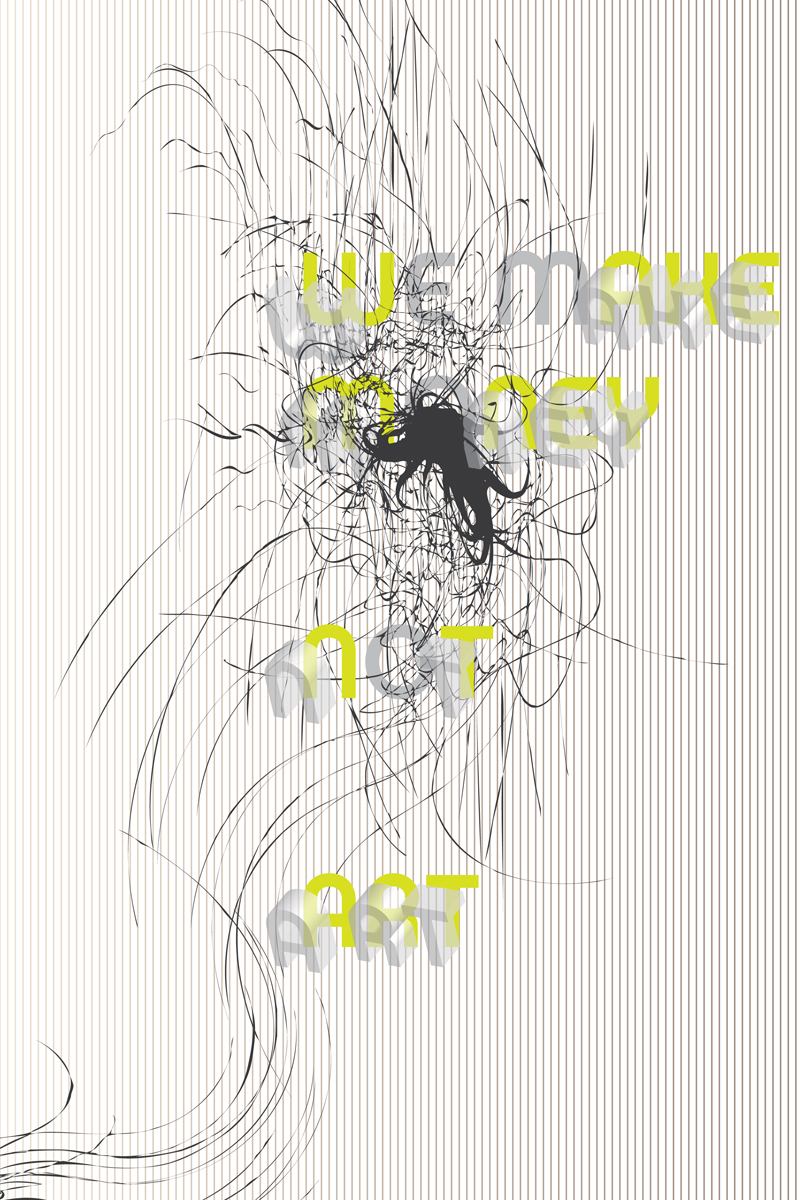
“Dead Drops” Are Some New Public Spaces And They Are Strange
Internet infrastructure exponentially grows, and the average person finds herself with a newfound, unconsciously-cultivated ability to: browse the web with multiple tabs open, download data, maintain a blog, monitor facebook/linkedin/rss feeds, purchase music online, plow through email, and review content through a glowing array of web 2.0 sites.
Somehow, we have quietly become highly adept, digital-savvy communicators. You are 2.0. I am 2.0, helping to build the world of information, which perpetuates the technological revolution that is capable of solving the worlds wicked problems. Problems created during the last Cultural Revolution””the industrial revolution.
If only I could find the time to finish those “drafted” blog posts, complete all those google doc tutorials, return emails, or finally upload those photos of my latest cultural adventure to facebook. Then, I could really contribute to the technological revolution.
In the midst of the virtual frenzy, we are seeing a reaction to the speed and glut of information. I like the idea of slow Internet cafes, using modems as restraining mechanisms. (Are slow Internet cafes a myth? See the Dead Drops website.) Its unfathomable to imagine waiting four, or five minutes to download information. WE NEED IT NOW! But, virtual speed goes faster than the average human brain, and in many ways is koyaanisqatsi, life out of balance.
Berlin-based artist and technologist Aram Bartholl acknowledges the difficulties of the virtual environment, creating work that connects the physicality of urban space to the digital world. Introducing: “dead drops,” a project that took off in 2010. Dead drop is an “anonymous, offline, peer-to-peer file-sharing network in public space,” according to the artist. USB flash drives are embedded into walls of buildings and curbs, and are accessible to anybody. Information emerging from concrete””what the f$#%?!
Viral is the name of the game. Everyone is invited to drop or find files on a dead drop. Plug your laptop into a wall, house, or pole to share your favorite files and data. Bartholl includes instructions here (http://deaddrops.com/) on installing dead drops in your city/neighborhood. The site also includes a list of existing drops throughout the world.
Inspired by Bartholls manifesto, I visited the Austin dead drop. Theres only one. (Picture below shows my findings.) The Austin drop is located outside an Internet coffeehouse. A separate blogsite was established to monitor the files left at the Austin drop. The drop was inconspicuous. After searching the exterior of the coffeehouse for sometime, I had to ask an employee a strange question, “Do you know what a dead drop is?” The employee laughed, and explained, “Yeah, my roommate set it up.” He, then, walked me to the location, and pointed to a tiny USB port on an exterior wall, surrounded by plant vines.

The USB port, which was once the only Austin drop, had been ripped out of the wall. My bubble burst. I was excited and a little nervous to see the contents of the Austin drop. I even designed a graphic to leave on the drop for newcomers (see my un-dropped graphic below). I was nervous about the real possibility that someone would drop a virus on the drive, which would ruin my new Mac book. (I suppose a monitoring blogsite solves the virus problem.) But, I never imagined that someone would physically destroy the USB.
My search for the defunct Austin dead drop left me virtually empty handed. So, Ive decided to set up my own. More information to follow; look for a new drop in Texas, soon.

